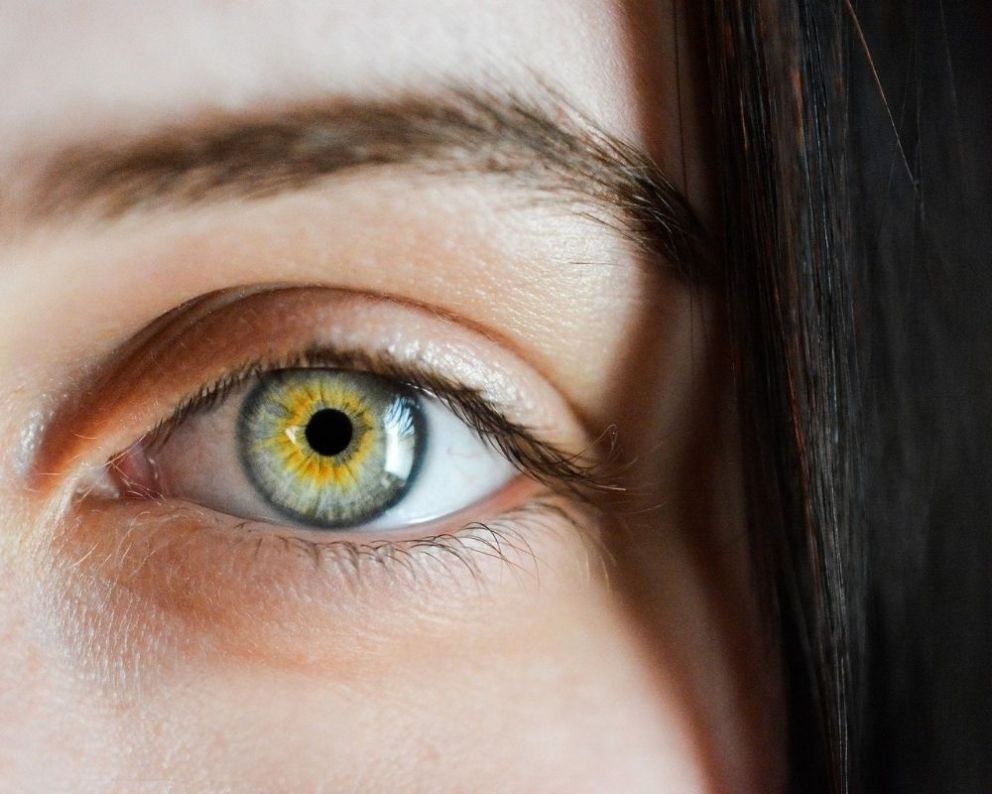
The seminars on perception continue. The next event will be on June 1st, 2021 and will be about the following topics: color, inattention and eye movements.
Link to participate to the seminar in streaming: https://intranet.unisr.it/live/ (room Eraclito)
More information here:
Il programma
Morning: Perception and attention (in Italian)
- Ore 9:00 – Alessandro Rizzi (Dipartimento di Informatica – Università degli Studi di Milano), Del perché il colore non è reale
La sensazione di colore ci è familiare a tal punto da percepirla come proprietà oggettiva delle cose intorno a noi. In realtà non solo non lo è, ma le caratteristiche di non-oggettività sono funzionali a compensare delle lacune precise del nostro sistema visivo ed ecologicamente sono essenziali alla nostra sopravvivenza. Ci sono pochissime differenze intersoggettive sul come vediamo i colori. Anche se poi l'esperienza può creare delle differenze percettive, la sensazione di colore è sostanzialmente la stessa, anzi vi sono meccanismi visivi ancora poco compresi che stabilizzano la sensazione di colore anche a fronte di differenze molto importanti nella biologia retinale. Tutti questi aspetti sono tra loro collegati ed aumentano la nostra capacità di estrarre informazione visiva dall'ambiente.
- Ore 11:00 - Elisa Santandrea (Dipartimento di Neuroscienze, Biomedicina e Movimento – Università degli Studi di Verona), Distrarsi è bene, non distrarsi è meglio: meccanismi neuro-cognitivi della distrazione e della capacità di difendersi da essa
Siamo costantemente bombardati da stimoli sensoriali, molti di più di quelli che la nostra mente riesce ad elaborare in un dato momento. Nonostante l’attenzione selettiva, stimoli irrilevanti, ma salienti dal punto di vista percettivo oppure motivazionale-emozionale, riescono a prendere il sopravvento, in quanto la distrazione ha un profondo significato neurobiologico. Al contempo, però, la distrazione può peggiorare sensibilmente le capacità cognitive e alterare il senso di realtà; per tale ragione, esistono meccanismi neuro-cognitivi dedicati alla soppressione attiva dei distrattori salienti. Oltre ad individuare alcuni dei correlati nervosi di tale funzione attenzionale di filtraggio, studi recenti ne hanno evidenziato le prerogative funzionali, in particolare la forte tendenza ad essere plasmata dall’esperienza.
Afternoon: Neural control and plasticity of eye movements
- Ore 14:00 - Yoram Bonneh (School of Optometry and Vision Science – Bar-Ilan University, Israel), What can involuntary eye movements tell us about brain processing?
In this talk, I will present evidence that links these involuntary eye movements to a general "ocular freeze" effect or an "oculomotor inhibition" (OMI) mechanism that presumably turns-off or reduces oculomotor activity while processing previous stimuli. I will show that the time-course of the OMI could be used as a proxy for the time-course of processing sensory events, providing implicit and precise measures for perceptual saliency as well as surprise without explicit behavior. Finally, I will show that the phenomena of oculomotor inhibition could be used to study language processing and ADHD, as well as to obtain implicit cognitive measures from non-communicating individuals, such as non-verbal autistic and patients with disorder of consciousness.
- Ore 15:30 - John Semmlow (Rutgers University – Piscataway, NJ USA), Vergence eye movements
Here we present experimental evidence for a “dual-mode” neural strategy to control vergence eye movements. Preprogramed movements will have a fixed relationship between the maximum speed of a movement (i.e., its velocity) and its size (i.e., amplitude). In the saccadic system, this relationship is known as the “main sequence.” We show here that an isolated portion of the initial vergence response to a step-like change in target position has such a fixed relationship between the movement amplitude and velocity. A feedback control system might show small oscillations if high positional accuracy must be maintained. We present experimental evidence of such oscillatory behavior in the late vergence response after the movement has achieved its final position. Isolation and quantitative identification of the two components of vergence eye movements provides new and powerful tools to diagnosis and understand the clinical disorders. Binocular dysfunctions can be severely debilitating in a society that is consistently evolving to become more dependent on small handheld devices such as mobile phones, tablets, and computers.
- Ore 17:00 - Tara L. Alvarez (New Jersey Institute of Technology – Newark, NJ USA), Neuroplasticity of vergence eye movements
Neuroplasticity facilitates survival of a species via adaptation through intrinsic and extrinsic stimuli. Eye movements are critical for the brain to receive visual afferent stimuli. Specifically, vergence eye movements (the inward or outward rotation of the eyes used for binocular coordination), enable the perception of objects located at different spatial depths. Binocular coordination is critical for near work such as reading especially for small handheld devices. Convergence insufficiency (CI) is the most common binocular dysfunction affecting between 4% to 20% of the population depending on age and negatively impacts academic, professional, and recreational activities because visual symptoms include blurry or double vision, headaches, eye strain, pulling around the eyes, or the need to reread text. CI responds well to office-based vergence accommodative therapy (OBVAT) composed of twelve one-hour sessions where about 75% of children and young adults experience remediation of visual signs and symptoms that return within normal ranges. Hence, CI is uniquely poised to study neuroplasticity.
Data support that the left thalamus is a neural substrate involved in vergence neural plasticity. Results have clinical implications that therapeutic interventions should stimulate the left thalamus to improve oculomotor performance and function. Current pilot studies investigating the effectiveness of virtual reality vision therapy (VRVT) to remediate symptoms and improve vision function for those with CI will be discussed. VRVT has potential because it can be conducted from a home setting where the patients are having fun playing a game while also improving vision function. Studies are ongoing to determine whether VRVT is as effective as OBVAT where VRVT can be more cost effective and easier to administer since the patient can do the therapy from home. Future studies will monitor home compliance.
You might be interested in

UniSR PhD Courses 2025-2026

UniSR PhD Courses 2024-2025

UniSR PhD programs 2022-2023

